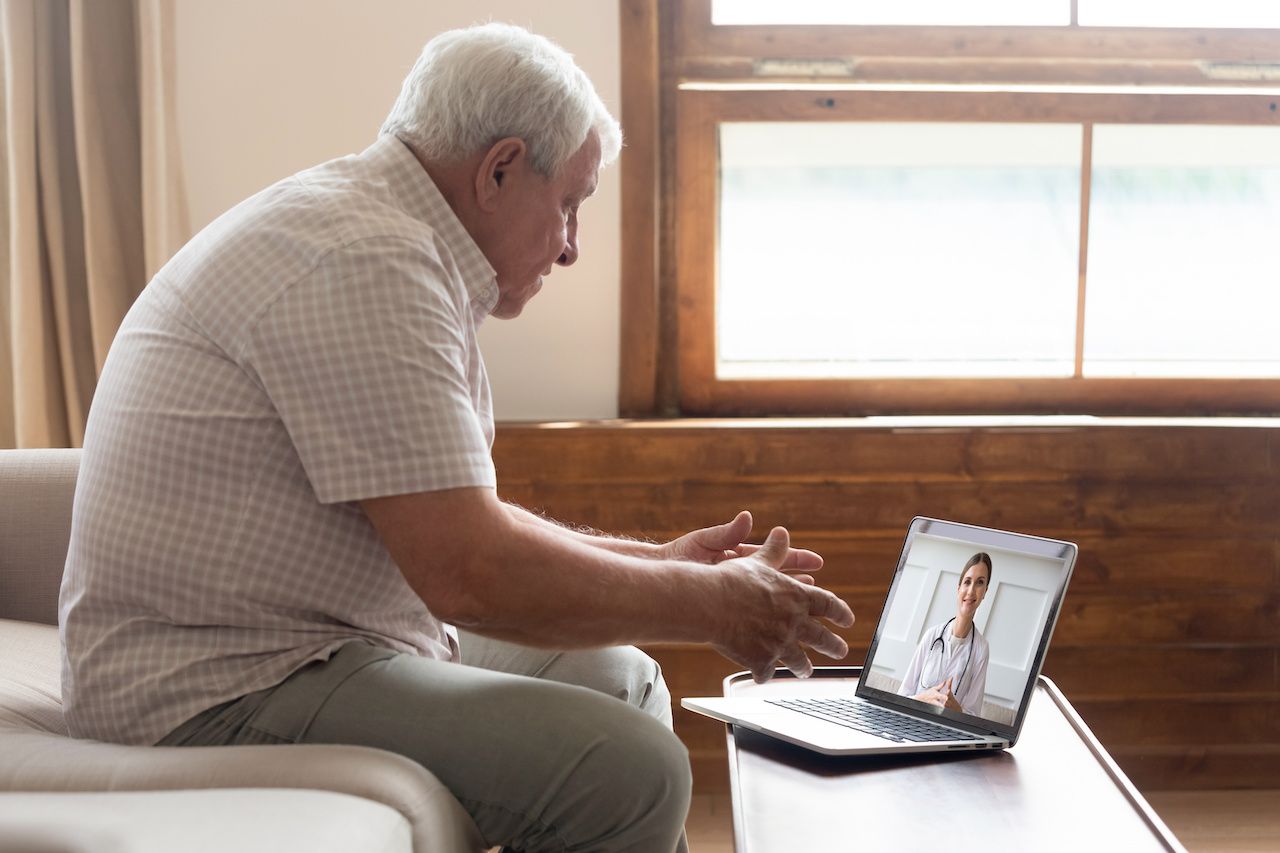- Center on Health Equity & Access
- Clinical
- Health Care Cost
- Health Care Delivery
- Insurance
- Policy
- Technology
- Value-Based Care
Computer-Aided MG Assessment Could Facilitate Broader Use of Telehealth
Investigators say computer algorithms can be used to assess physical and vocal signs of myasthenia gravis (MG).
A new report suggests computer algorithms can help clinicians more accurately evaluate patients with myasthenia gravis (MG) during telehealth visits.
The findings, which were published in JMIR Neurotechnology, offer insights into the ways digital technology can help facilitate neurological care, even from a distance.
Study authors said the COVID-19 pandemic led to a significant uptick in the usage of telehealth, even in specialties that traditionally underutilized the technology.

“Telemedicine was already commonly used for acute stroke care and was in development for Parkinson disease, but the vast majority of neurologists were not using such approaches and were suddenly thrust into unfamiliar territory,” they wrote.
The investigators said the diagnosis and monitoring of neuromuscular disorders were particularly challenging in a telehealth context, since those conditions have traditionally relied on a “nuanced physical examination.” However, they said technology has the potential to not just assist in such assessments, but to improve them.
In the case of MG, the MG Core Examination (MG-CE) was recommended as a tool for telehealth evaluation of patients. In the study, the investigators used a computer vision algorithm to automatically analyze patients’ eye and body motions via video. In addition, they used signal processing to analyze the voices of patients for effects of MG.
The investigators used videos of 6 patients recorded twice within 7 days to develop their algorithms. They found that the digitization of the core examination was effective and allowed the clinician to focus more on the patient than on the logistics of administering the test.
“The data collection for these tests during a teleconsultation is tedious, repetitive, and demanding for the physician,” the authors said. “We demonstrated a methodology, which can accelerate the data collection and provide the rationale for a posteriori classification of MG severity based on a large population of patients.”
In addition to helping with the collection and standardization of data, the authors said tools like their algorithm could be used to develop other measures of MG.
“Based on the new data set that our method provides, one should investigate further if the MG-CE classification, as well as all other categorical measures in MG, should be revisited to consider the new metrics that our algorithm can provide,” they said.
Although computer-based acquisition of data has the potential to result in more precise data, the investigators said there are also a number of important considerations to ensure the integrity of the data. For instance, they said patients’ microphones need to be properly calibrated for the voice analysis to be accurate.
“Similarly, the AI [artificial intelligence] and computer vision aspects of the data acquisition require the patient’s distance from the camera and the light condition to always be consistent with the exercise requested,” they said.
The authors believe their technology would be particularly useful in a clinical trial setting, since it is particularly important in such settings that assessments are completed in a uniform manner. For instance, instead of distributing assessments over many clinical sites, they said these tools could make it possible to use a centralized telemedicine facility to conduct patient assessments.
If these findings are validated, the authors also said their technology could extend beyond MG to assess other neuromuscular diseases.
Reference
Garbey M, Joerger G, Lesport Q, et al. A digital telehealth system to compute the Myasthenia Gravis Core Examination metrics. JMIR Neurotechnol. 2023;2:e43387. doi:10.2196/43387
